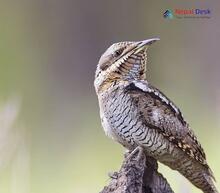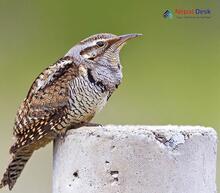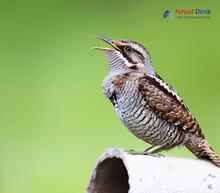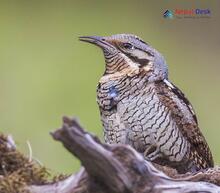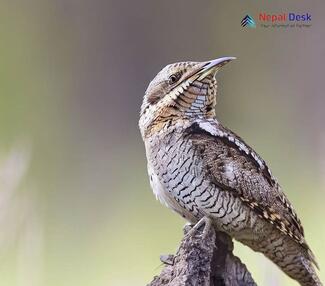A haven for birdwatchers and nature lovers, Nepal is home to a diverse array of avian species, among which the Jynginae subfamily holds a special place in people's hearts. Also known as Wrynecks, these birds fascinate with their remarkable features and distinct appearances. Hereby, we delve into the captivating world of Jynginae birds in Nepal, discussing their habitats, habits, and what sets them apart from other species inhabiting this mesmerizing country.
Unveiling the Enigma of Jynginae Birds
Jynginae birds belong to the Picidae family, which includes woodpeckers and sapsuckers. However, their unique appearance and behavior set them apart from their relatives. Sporting elongated necks, cryptic plumage, and reversible outer toes for effortless movement on tree trunks, Wrynecks are a marvel to observe.
Another striking feature is their ability to twist their necks almost 180 degrees. This peculiar trait not only adds to their mystique but also helps them reach insects concealed under tree bark.
Exploring Their Habitats in Nepal
Nepal's varied landscape offers diverse vegetation ranging from subtropical to alpine regions, attracting many bird varieties. Jynginae birds prefer deciduous, mixed, and evergreen forests as their habitat. Often found perched on trees near shrubs and bushes, they skillfully use their cryptic plumage as camouflage and blend seamlessly with their surroundings.
Unusual Behavior to Witness
Jynginae birds exhibit unique behaviors compared to other species within the Picidae family. Rather than drilling holes like most woodpeckers do, they utilize their sharp beaks and long barbed tongues to extract insects from tree bark. Boasting strong neck muscles and extraordinary agility, they can twist their bodies in amazing ways to reach their prey.
Worth mentioning is the Jynginae's territorial nature and mating rituals. During the breeding season, males call out to attract females while aggressively defending their territories. Furthermore, these fascinating birds are monogamous, underscoring their intriguing characteristics.
In Summary
The captivating Jynginae bird subfamily contributes to Nepal's rich biodiversity, enticing nature enthusiasts from all walks of life. By studying and promoting awareness about these enthralling creatures, we can gain a deeper appreciation for their unique charms and ensure their continued existence in their stunning habitats. Keep your eyes peeled for these elusive beings when exploring Nepal's forests and experience the awe-inspiring wonders that this incredible nation offers.

